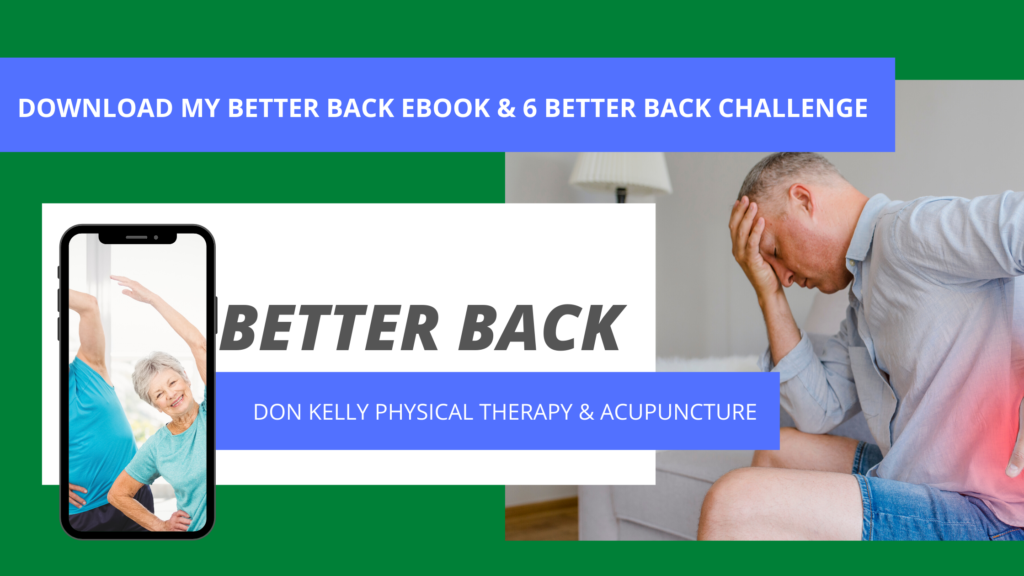Don’t let back pain rule your life. The best way to relieve and prevent back pain.
Anyone who has had low back pain knows that it can seriously affect your ability to function every step, every bend, every twist, and every moment of sitting, lying and sleeping in your day.
But first, let’s take a look at the anatomy of your back and how it works.
The spine provides the structural framework to the entire body.
The spinal cord runs through the middle of the spine and serves as the main highway of the nervous system by connecting the brain with other parts in the body. Spine-health is one of those things that people don’t notice until it’s gone. We are our bodies, the core of that body is the skeleton, and the core of the skeleton is the spine.
It is imperative to keep the spine healthy and in good shape. When seen from the side, a normal spine reveals an S-shape. Similar to shock absorbers in a car, the spine transforms shocks into movement. This movement of the spine in case of an external impact is facilitated by its S-shaped curvature. If the spine would be completely straight, the impact would affect the vertebral discs directly. As a result, the vertebral discs would tear out much sooner and expose the spinal cord to the peril of these forces. The discs are pads that serve as “cushions” between the individual vertebral bodies.
Ways to relieve back pain
Stretching and strengthening are key to preventing back pain.
Improve posture. Poor posture can put unnecessary pressure and strain on your spine. Over time, this can lead to pain and damage. Regularly remind yourself to roll back rounded shoulders and sit upright in your chair.
Stretch often. Doing the same thing every day can leave your muscles fatigued and more apt to strain. Stretch regularly to help improve circulation in those muscles and lower the risk of back pain and damage.
Carry less. Doing the same thing every day can leave your muscles fatigued and more apt to strain. Stretch regularly to help improve circulation in those muscles and lower the risk of back pain and damage.
Increase Your Calcium & Vitamin D. Strong bones can help prevent osteoporosis. It’s one of the most common causes of back pain later in life, particularly for women. Keep the bones in your spine strong by consuming plenty of calcium and vitamin D.
Don’t slump over your desk. Strong bones can help prevent osteoporosis. It’s one of the most common causes of back pain later in life, particularly for women. Keep the bones in your spine strong by consuming plenty of calcium and vitamin D.
Wear custom orthotics. The body assessment image shows how imbalances in the feet can lead to knee rotation, pelvic tilt and shoulder drop. These imbalances in the body can be caused by pronation and supination of the foot. These instabilities can lead to conditions such as plantar fasciitis, knee pain, hip pain, back pain, and neck pain.
A properly aligned body will have symmetrical feet, level knees, pelvis and shoulders. Wearing Custom Orthotics may help alleviate imbalances and conditions caused by those imbalances.
Daily stretching and strengthening exercises can help to prevent flare-ups of back pain related to muscle
Strains and sprains. It is important for your body to maintain the right posture at all times. The muscles of the body have to be trained to achieve the natural posture for sitting and working. The following are the guidelines that help train muscles to keep a healthy posture while sitting.
People suffering from a herniated disc should start exercising in a very controlled manner. It is advisable to start under the vigilance of a physician or an exercise professional like a physical therapist.
Strengthen The Lower Back. Doing exercises to strengthen the lower back can help alleviate and prevent lower back pain. It can also strengthen the core, leg, and arm muscles.
Beyond drugs and surgery — other ways to help your back brings you specific steps you can take to ease back pain, exercises you can do at home, and so much more.
Before you decide on a course of treatment, keep these things in mind.
Identifying the type of back disorder you suffer from is the first — and most important — step in finding how best to treat it.
Whether you’re experiencing back pain for the first time or you’ve suffered a relapse, seek the advice of an experienced, certified, and well-recommended physiotherapist.


